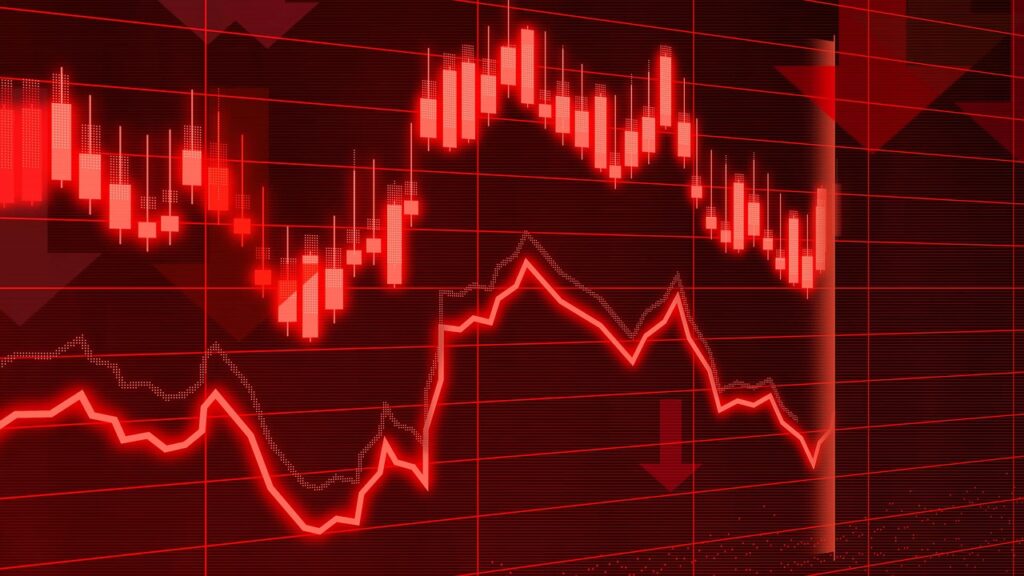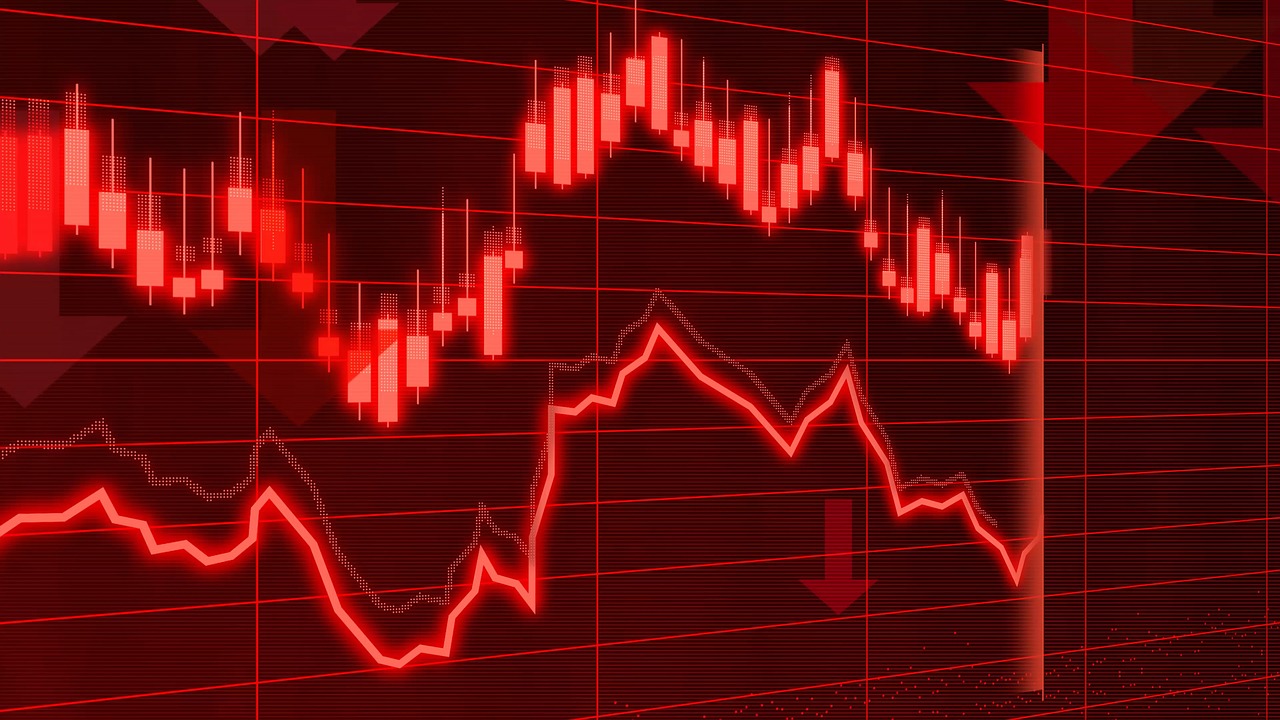The Indian stock market witnessed a major shock on July 24, 2025, as the (Indian Energy Exchange) IEX share price plunged by 23% in a single trading session, hitting a new 52-week low. This sudden and sharp decline has left investors and analysts puzzled, raising concerns about what’s happening inside one of India’s key power trading platforms.
Let’s decode what caused the IEX stock to crash, what this means for the company, and how investors should look at this unexpected development.

What Is IEX?
Indian Energy Exchange (IEX) is the leading energy trading platform in India. It facilitates trading in electricity, renewable energy certificates, and energy saving certificates. IEX plays a crucial role in India’s power market, enabling transparent and efficient price discovery.
The company has been a consistent performer on the stock market over the years. Investors have traditionally viewed IEX as a safe and defensive stock due to its strong market position and monopoly-like control in its segment.
IEX Share Price Performance – From Stability to Steep Decline
Before the crash, IEX shares were trading steadily around ₹150-160. On July 24, 2025, the stock opened weak and continued its downward spiral throughout the day, closing around ₹117 – a massive 23% drop in just one day.
This fall also marked the lowest level in the last 52 weeks, making it a critical psychological and technical level for traders and investors.

Why Did IEX Shares Fall So Sharply?
Several factors have contributed to this steep decline:
1. Weak Q1 Results Expected
Market insiders are expecting weak Q1 FY26 financial results from IEX. Revenue growth is likely to be under pressure due to lower trading volumes on the platform. Any dip in demand or regulatory intervention impacts IEX’s revenue directly.
2. Regulatory Uncertainty
There has been increasing regulatory scrutiny in the energy trading market, including talks of introducing market coupling and a Unified Power Market. These reforms may reduce IEX’s dominance and impact its revenue model in the long run.
3. FIIs and Mutual Fund Selling
Institutional investors, including Foreign Institutional Investors (FIIs) and mutual funds, appear to be offloading IEX shares in large quantities, triggering panic among retail investors.
4. Technical Breakdown
On the technical chart, the stock breached multiple support levels which led to stop-loss triggers and algorithm-based selling, worsening the fall.
Impact on Investors and Market Sentiment
The sharp fall in IEX share price has shaken investor confidence, especially among long-term retail investors who considered the stock to be a safe bet. Many retail portfolios have seen an immediate dip in value.
On various forums, social media, and trading platforms, investors are expressing concern and confusion about the sudden fall. However, some seasoned investors see this as a buying opportunity, provided the company addresses the upcoming risks.

Also Read: What Is Karnataka Famous For? [2025 Guide to Culture, Cities & Trends]
What Should Investors Do Now?
Here are a few practical suggestions for current and potential IEX investors:
Stay Calm & Avoid Panic Selling
Such steep falls are unsettling, but panic selling rarely works in the investor’s favor. Understand the fundamentals before making any move.
Wait for Q1 Results
Keep an eye on IEX’s quarterly performance. If the results are better than expected, the stock might see a bounce back.
Watch Regulatory Developments
Policy changes in the energy market can have a long-term impact. Keep track of any major announcements from CERC (Central Electricity Regulatory Commission) or government bodies.
Long-Term Investors Can Accumulate Slowly
If you believe in the company’s long-term vision and ability to innovate, this dip could be an opportunity to enter at a lower valuation. But do it cautiously and in small tranches.
Conclusion
The 23% crash in IEX share price has become one of the biggest business news highlights of July 2025. It is a reminder that even fundamentally strong companies can witness short-term volatility due to regulatory pressure, earnings expectations, or market sentiment.
Whether this fall is a temporary blip or the beginning of a longer correction will become clear after the upcoming Q1 results and regulatory clarity. Until then, investors are advised to remain alert, avoid knee-jerk reactions, and take a balanced approach.

